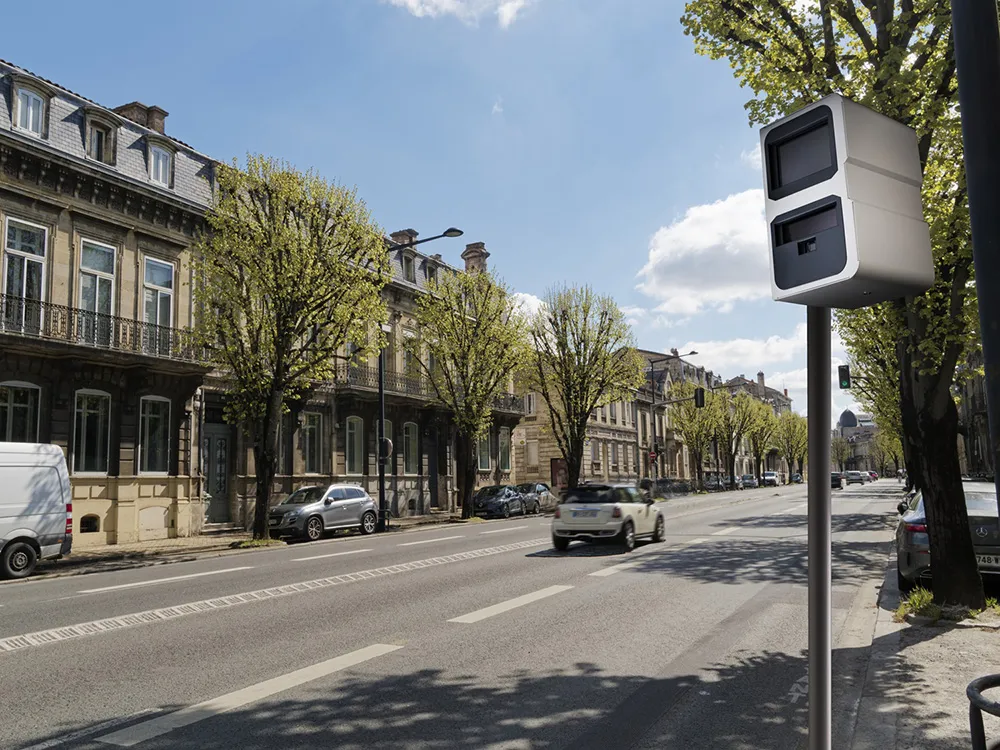European safety organisation Euro NCAP is introducing a new test that will check how well vehicles autonomously detect and prevent collisions with pedestrians, which it says will make it simpler for consumers and manufacturers to find out which systems work best.
According to Euro NCAP, independent analysis of real world crash data in the UK and Germany indicates that the deployment of effective autonomous emergency braking systems on passenger cars could prevent one in five fatal pedestrian collisions.
November 11, 2015
Read time: 3 mins
European safety organisation 6437 Euro NCAP is introducing a new test that will check how well vehicles autonomously detect and prevent collisions with pedestrians, which it says will make it simpler for consumers and manufacturers to find out which systems work best.
According to Euro NCAP, independent analysis of real world crash data in the UK and Germany indicates that the deployment of effective autonomous emergency braking systems on passenger cars could prevent one in five fatal pedestrian collisions. Most collisions occur when drivers fail to brake, brake too late or brake too gently, often because the driver is distracted or because the pedestrian crosses unexpectedly. AEB functions use lasers, radar and/or cameras to detect the imminent collision, perform an effective emergency stop or reduce the impact speed significantly.
Euro NCAP’s autonomous emergency braking (AEB) pedestrian tests will test vehicles’ response to pedestrians in simulations of the three most common urban scenarios: adults walking and running into the vehicle’s path and a child stepping out from behind a parked car. To earn a good score in the test, vehicles should be able to prevent collisions with specially developed pedestrian dummies at speeds of up to 40kmh (25mph). At more challenging speeds of 40-60kmh (25-37mph), the tests aim to reduce the collision speed to less than 40kmh, making the impact more survivable.
Euro NCAP secretary general, Dr Michiel van Ratingen, said: “These new tests are the first in the world to assess highly automated vehicle features and driver assistance systems from the pedestrian’s perspective. Many new cars now offer some form of AEB system that can help prevent car-to-car collisions, but only some are also able to detect pedestrians. By checking the results on Euro NCAP’s website, consumers will be able to verify manufacturers’ safety claims and choose the right AEB option.”
“Although this technology is rapidly developing, it’s not yet possible to prevent every collision with a pedestrian in the real world,” said Van Ratingen. “But vehicles designed to perform well in these tests will be better equipped to prevent these thousands of needless deaths and life-changing injuries on our European roads. Therefore, from 2016 the rating will give credit to those vehicle models that offer this capability. At the same time, these tests will make it possible for new car buyers and fleet operators to make an informed choice.”
According to Euro NCAP, independent analysis of real world crash data in the UK and Germany indicates that the deployment of effective autonomous emergency braking systems on passenger cars could prevent one in five fatal pedestrian collisions. Most collisions occur when drivers fail to brake, brake too late or brake too gently, often because the driver is distracted or because the pedestrian crosses unexpectedly. AEB functions use lasers, radar and/or cameras to detect the imminent collision, perform an effective emergency stop or reduce the impact speed significantly.
Euro NCAP’s autonomous emergency braking (AEB) pedestrian tests will test vehicles’ response to pedestrians in simulations of the three most common urban scenarios: adults walking and running into the vehicle’s path and a child stepping out from behind a parked car. To earn a good score in the test, vehicles should be able to prevent collisions with specially developed pedestrian dummies at speeds of up to 40kmh (25mph). At more challenging speeds of 40-60kmh (25-37mph), the tests aim to reduce the collision speed to less than 40kmh, making the impact more survivable.
Euro NCAP secretary general, Dr Michiel van Ratingen, said: “These new tests are the first in the world to assess highly automated vehicle features and driver assistance systems from the pedestrian’s perspective. Many new cars now offer some form of AEB system that can help prevent car-to-car collisions, but only some are also able to detect pedestrians. By checking the results on Euro NCAP’s website, consumers will be able to verify manufacturers’ safety claims and choose the right AEB option.”
“Although this technology is rapidly developing, it’s not yet possible to prevent every collision with a pedestrian in the real world,” said Van Ratingen. “But vehicles designed to perform well in these tests will be better equipped to prevent these thousands of needless deaths and life-changing injuries on our European roads. Therefore, from 2016 the rating will give credit to those vehicle models that offer this capability. At the same time, these tests will make it possible for new car buyers and fleet operators to make an informed choice.”









